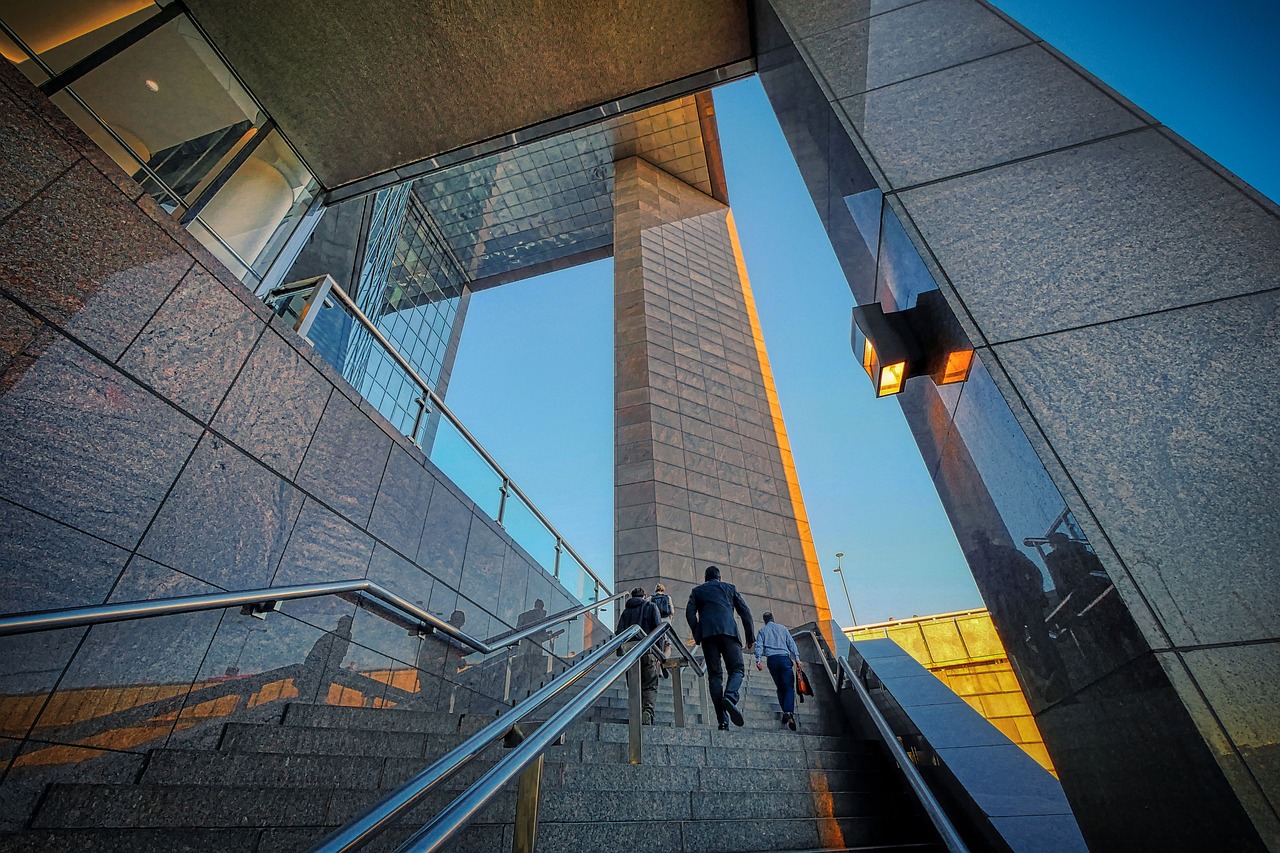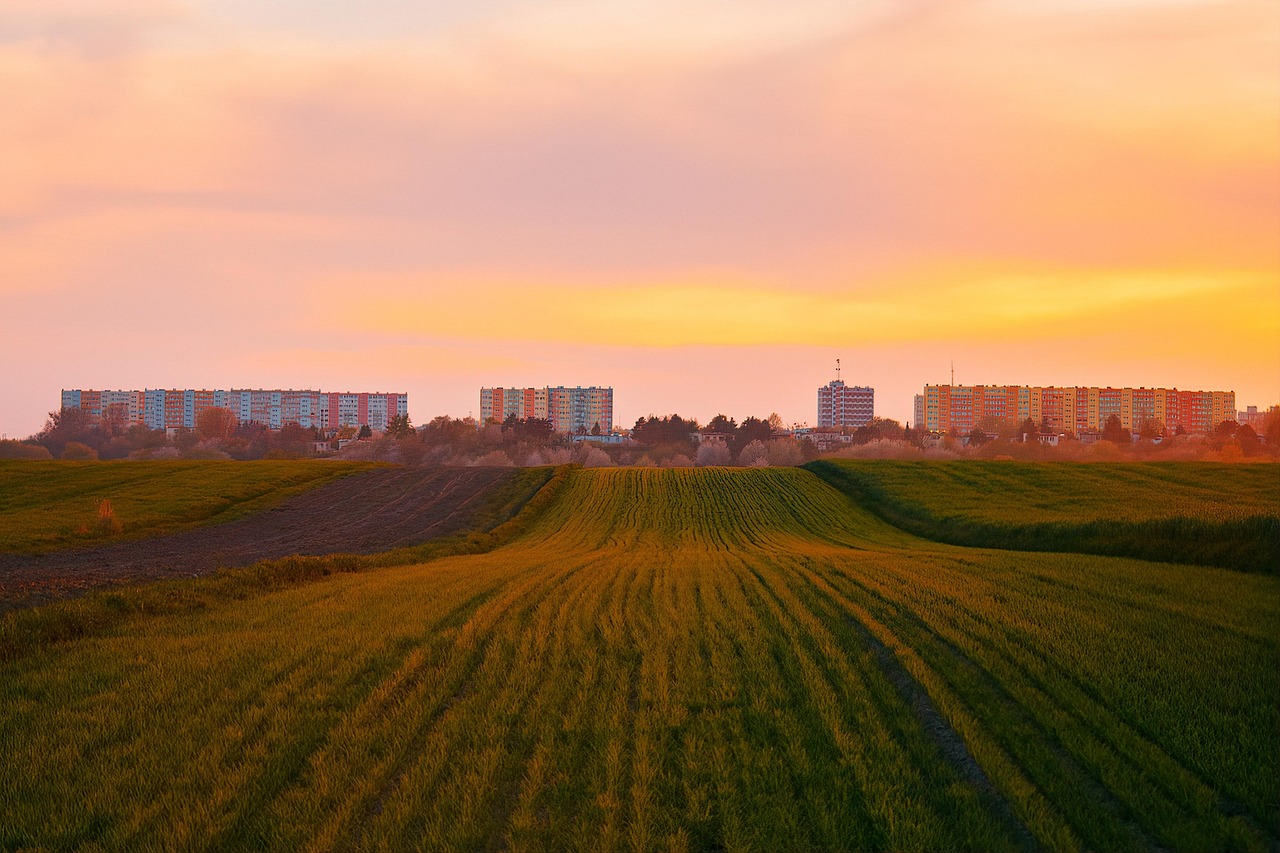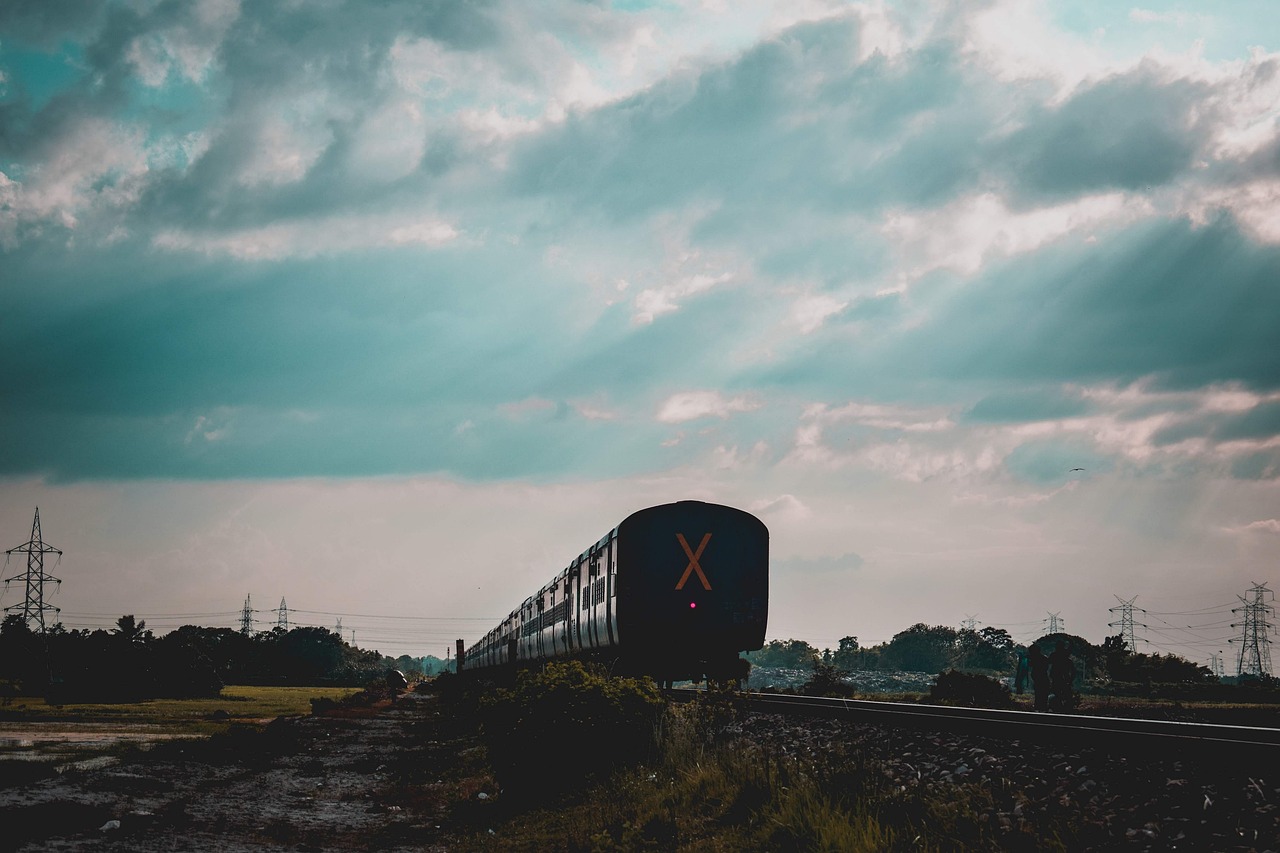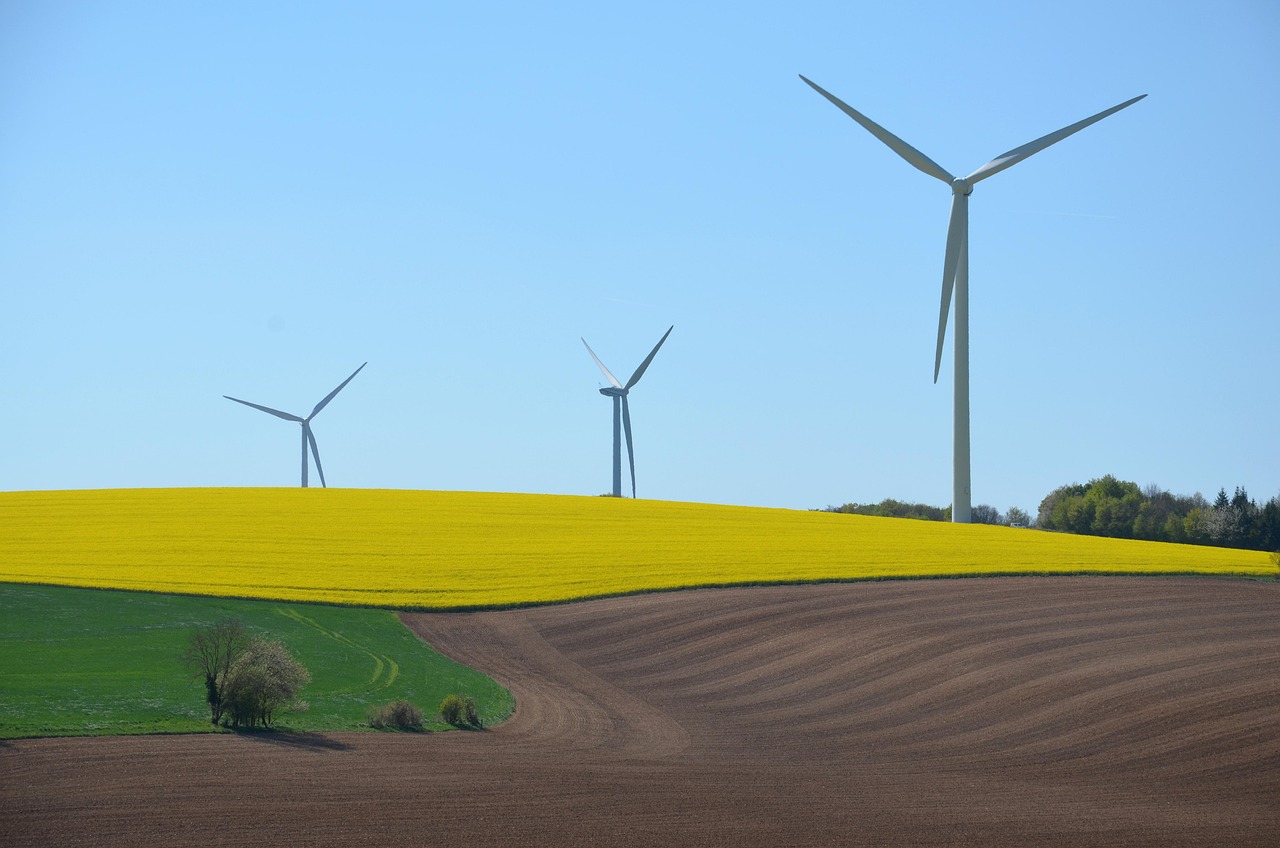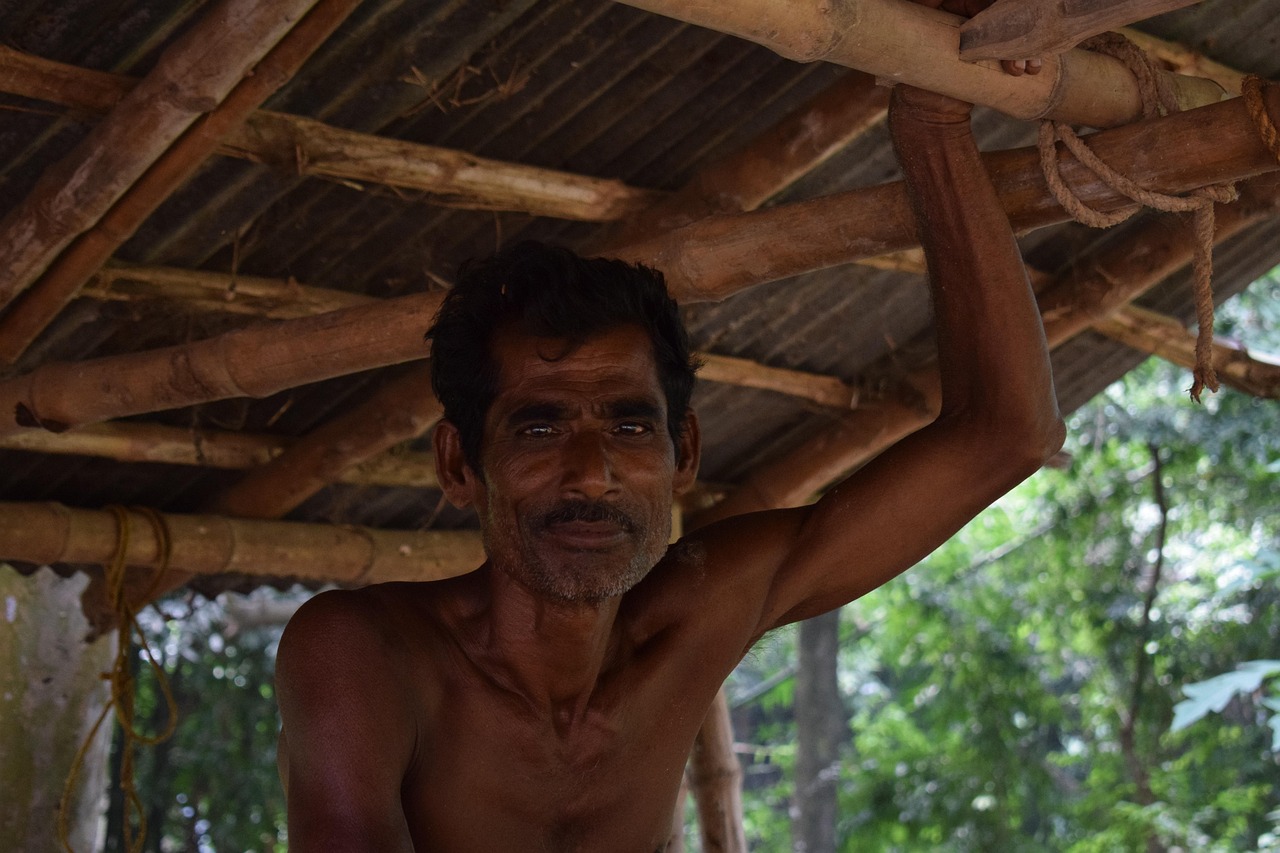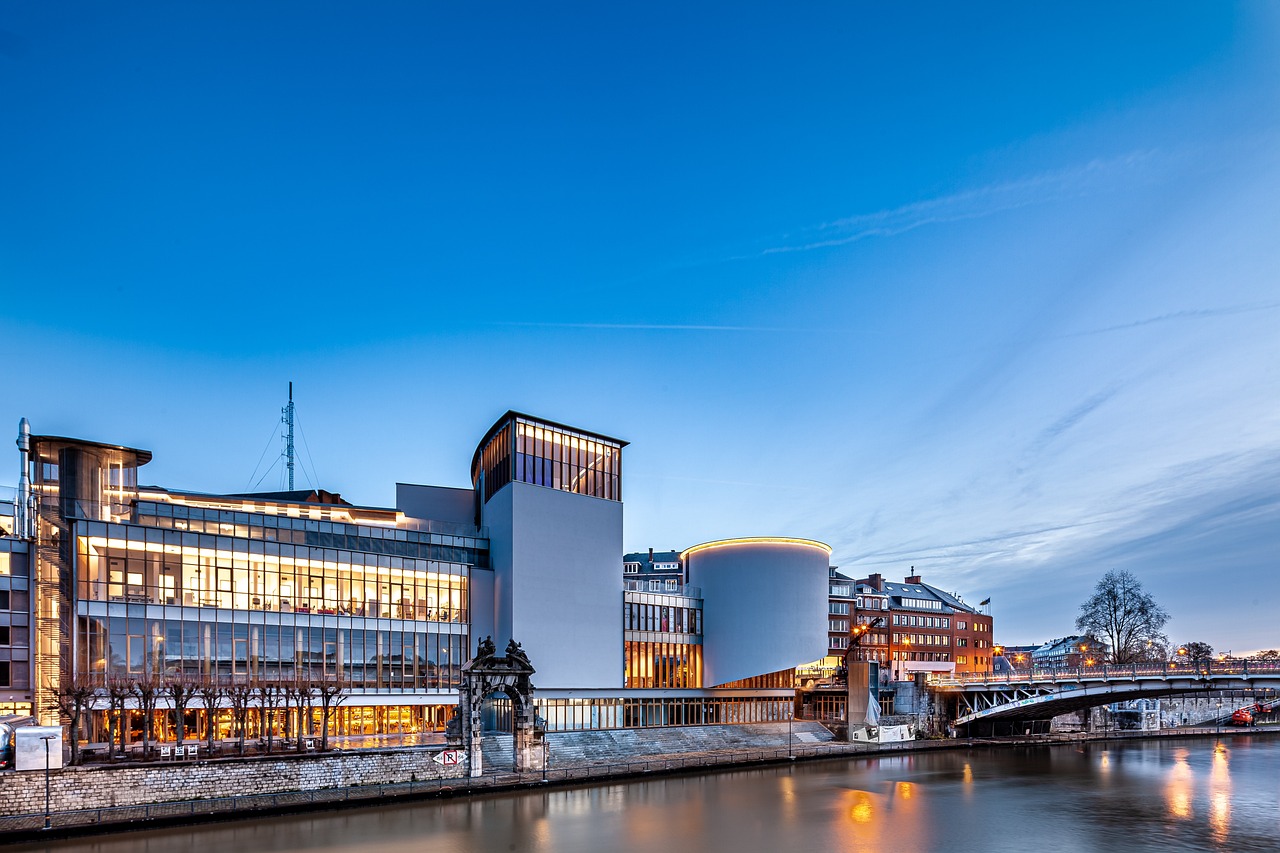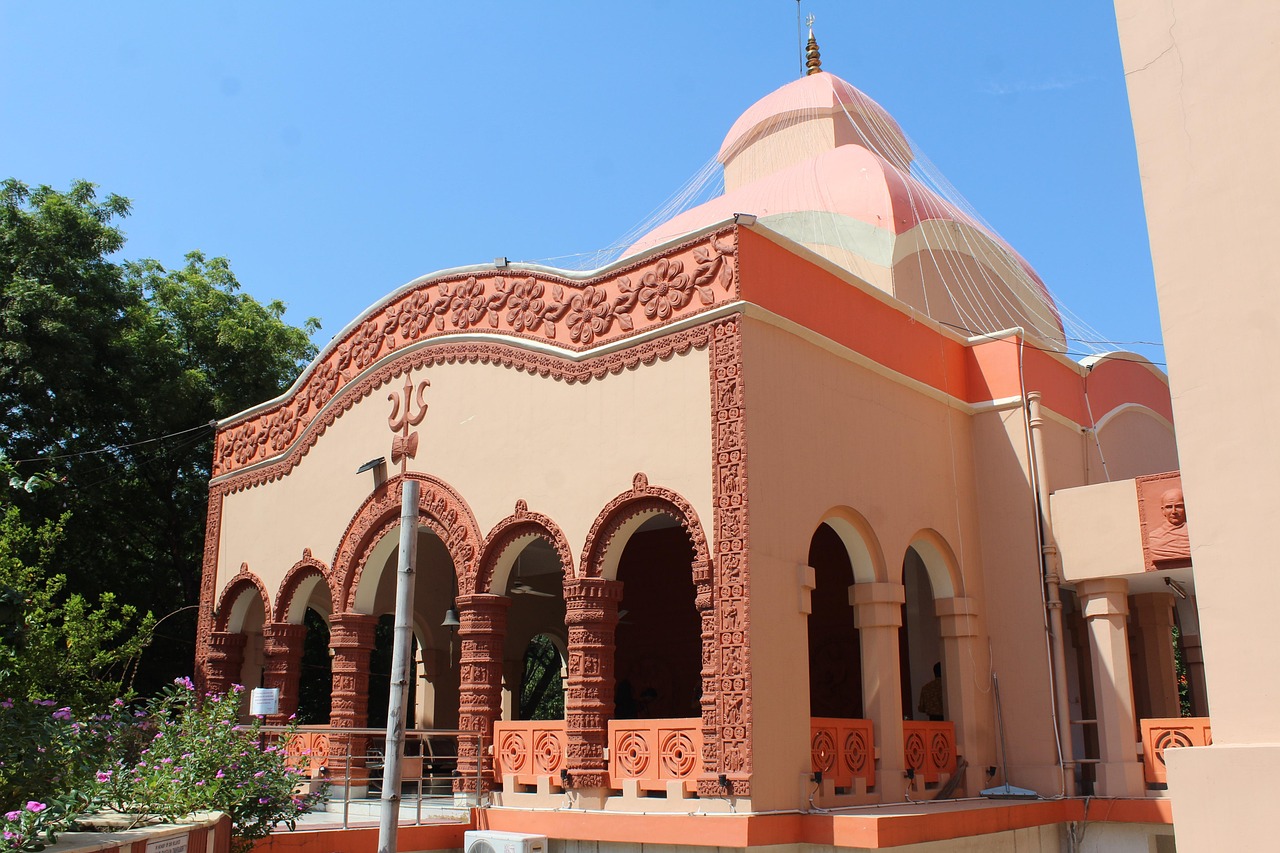This article delves into the transformative policies implemented by Mamata Banerjee, focusing on their significant effects on the socio-economic development of West Bengal. It highlights both the successes and challenges faced during her tenure as the Chief Minister.
Introduction to Mamata Banerjee’s Leadership
Mamata Banerjee, a prominent political figure, rose to power with a vision to uplift West Bengal. Her leadership style is characterized by a strong commitment to social justice and economic development. This introduction sets the stage for understanding the far-reaching impacts of her policies.
Key Economic Policies Under Mamata Banerjee
- Industrial Development Initiatives: Under Banerjee’s leadership, various initiatives were launched to promote industrial growth. This included providing incentives for businesses and establishing industrial parks to attract investment.
- Investment in Infrastructure: Significant infrastructure projects were initiated to enhance transportation and connectivity, which are crucial for economic development.
- Support for Small and Medium Enterprises: Policies aimed at supporting small businesses included financial aid and training programs, essential for job creation.
Agricultural Reforms and Their Impact
The agricultural policies introduced by Banerjee focused on increasing productivity and enhancing farmer welfare. They addressed critical issues such as land rights and crop insurance to ensure a more secure livelihood for farmers.
Social Welfare Programs Implemented
- Education Initiatives: The government introduced reforms to improve access to quality education, including scholarship programs and infrastructure development in schools.
- Healthcare Improvements: Healthcare policies expanded access to medical services, particularly for underprivileged communities, through various health schemes.
Challenges Faced by Mamata Banerjee’s Government
Despite her efforts, Banerjee’s government faced several challenges, including political opposition and economic hurdles, which sometimes led to public criticism of her policies.
Public Response to Policies
The public response has been mixed, with certain demographics expressing strong support for her initiatives, while opposition parties have raised concerns about various aspects of her governance.
Long-term Effects on West Bengal’s Growth
Banerjee’s policies have the potential to create long-term impacts on West Bengal’s economic and social landscape, with both positive outcomes and areas that require further improvement.
Conclusion: The Legacy of Mamata Banerjee
In summary, Mamata Banerjee’s policies have significantly influenced West Bengal’s development trajectory. Her legacy will likely shape the future direction of the state as it continues to navigate various challenges and opportunities.
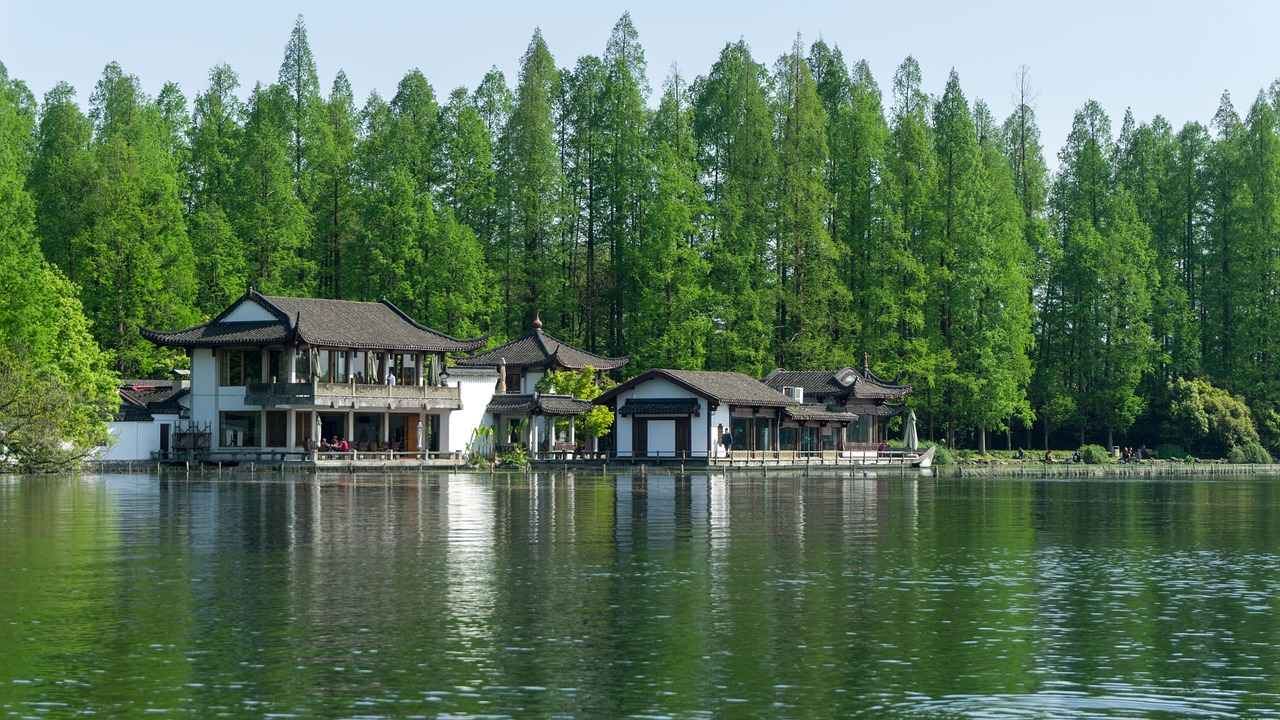
Introduction to Mamata Banerjee’s Leadership
Mamata Banerjee, the first female Chief Minister of West Bengal, has emerged as a significant figure in Indian politics. Her journey to power is marked by her relentless dedication to the welfare of the common people and her strong grassroots connection. Born on January 5, 1955, in Kolkata, Banerjee began her political career in the late 1970s, initially as a member of the Indian National Congress. Over the years, she established herself as a formidable leader, eventually founding the All India Trinamool Congress (AITC) in 1998, which became a major political force in West Bengal.
Banerjee’s political ideology is deeply rooted in progressive and inclusive governance. She advocates for social justice, economic development, and empowerment of marginalized communities. Her vision for West Bengal encompasses a state where every citizen has access to basic amenities, quality education, and healthcare. She emphasizes the need for transparent governance and actively promotes the participation of women in politics and society.
Upon assuming office in 2011, Banerjee quickly set forth her agenda to revitalize West Bengal, which had been grappling with economic stagnation and political unrest. Her policies reflect a commitment to transforming the socio-economic landscape of the state. From infrastructure development to social welfare initiatives, her administration has sought to address the root causes of poverty and inequality.
As we delve deeper into her leadership, it becomes essential to understand the impact of her policies on West Bengal’s growth trajectory. Banerjee’s government has implemented various reforms aimed at boosting the economy, improving public services, and enhancing the overall quality of life for the residents of West Bengal. This article will explore the nuances of her policies and their implications for the future of the state.

Key Economic Policies Under Mamata Banerjee
This section delves into the significant economic policies that Mamata Banerjee has implemented since taking office, focusing on her efforts to foster industrial growth and implement agricultural reforms that aim to revitalize West Bengal’s economy. Under her leadership, the state has seen a blend of initiatives designed to stimulate both the industrial and agricultural sectors, which are vital for the overall economic landscape.
- Industrialization Efforts: Banerjee’s government has actively promoted industrialization through various initiatives. This includes the establishment of industrial parks that provide essential infrastructure and incentives for businesses to set up operations in West Bengal. The government has also introduced tax benefits and subsidies to attract both domestic and foreign investments.
- Agricultural Reforms: Recognizing the importance of agriculture in the state’s economy, Banerjee has initiated several reforms aimed at improving productivity. These reforms include the introduction of crop insurance schemes, which protect farmers against losses due to natural calamities, and programs that enhance access to modern farming techniques and technologies.
- Financial Support for Farmers: To bolster the agricultural sector, financial aid programs have been established to provide farmers with the necessary resources for cultivation. This includes easy access to credit and subsidies for purchasing seeds and fertilizers, which are crucial for increasing crop yield.
- Employment Generation: One of the overarching goals of Banerjee’s economic policies is to create jobs. By promoting small and medium enterprises (SMEs), the government aims to boost local employment opportunities. Initiatives such as training programs and financial assistance for startups are pivotal in this regard.
In summary, Mamata Banerjee’s economic policies reflect a comprehensive approach aimed at fostering growth in both the industrial and agricultural sectors. By implementing strategic reforms and providing necessary support, her administration seeks to lay a strong foundation for West Bengal’s economic development.
Industrial Development Initiatives
In recent years, the government of West Bengal, under the leadership of Mamata Banerjee, has taken significant strides to foster industrial growth. This section delves into the various strategies employed to create a conducive environment for businesses, thereby attracting substantial investment and enhancing the state’s economic landscape.
One of the cornerstone strategies has been the establishment of industrial parks. These parks are designed to provide businesses with the necessary infrastructure, including access to utilities, transportation, and logistics support. By clustering industries in designated zones, the government aims to streamline operations and reduce costs for businesses. This initiative not only attracts local entrepreneurs but also entices foreign investors looking for favorable conditions to set up operations in India.
To further stimulate investment, the government has introduced various incentives. These include tax breaks, subsidies, and grants aimed at reducing the initial financial burden on new enterprises. Such measures are particularly beneficial for startups and small to medium-sized enterprises (SMEs), which often face challenges in securing funding. The provision of financial aid and support programs has encouraged innovation and entrepreneurship, leading to job creation and economic diversification.
Moreover, the government has prioritized the development of infrastructure that supports industrial activities. Improvements in transportation networks, such as roads and railways, have enhanced connectivity, making it easier for businesses to transport goods. This focus on infrastructure not only facilitates smoother operations for existing industries but also attracts new companies looking to capitalize on improved logistics.
In conclusion, the industrial development initiatives under Mamata Banerjee’s government represent a comprehensive approach to boosting economic growth in West Bengal. By creating industrial parks, offering incentives, and enhancing infrastructure, the state is positioning itself as a competitive destination for both domestic and international investments.
Investment in Infrastructure
The development of infrastructure is a cornerstone of economic growth, especially in regions like West Bengal. Under the leadership of Mamata Banerjee, a series of ambitious infrastructure projects have been initiated, aiming to enhance transportation and connectivity across the state. These projects are not merely about building roads and bridges; they are integral to fostering a conducive environment for investment and attracting new industries.
One of the primary focuses has been on improving transport networks. With extensive upgrades to existing roads and the construction of new highways, the state has significantly reduced travel times. This is crucial for businesses that rely on timely delivery of goods. Moreover, the introduction of metro rail systems in major cities has revolutionized urban transportation, providing a reliable and efficient means for daily commuters.
- Road Infrastructure: Major highways are being expanded and modernized to facilitate smoother traffic flow.
- Rail Connectivity: Investments in railway infrastructure have improved both freight and passenger services, making travel more efficient.
- Port Development: Enhancements to ports are aimed at boosting trade, making it easier for industries to import and export goods.
In addition to transportation, the focus has also been on digital infrastructure. Initiatives to improve internet connectivity are vital for modern businesses, especially those in the tech sector. By ensuring that even rural areas have access to high-speed internet, the government is opening doors for new industries to flourish.
These infrastructure investments are not only a means to improve daily life for residents but also serve as a magnet for foreign direct investment. As connectivity improves, industries find it easier to set up operations, thus creating jobs and stimulating the local economy.
In conclusion, the infrastructure projects initiated under Mamata Banerjee’s government are paving the way for a more connected and economically vibrant West Bengal. As these projects continue to evolve, they hold the potential to transform the landscape of the state, making it a competitive player in the broader Indian economy.
Support for Small and Medium Enterprises
Small and medium enterprises (SMEs) are the backbone of any economy, significantly contributing to job creation and innovation. In recent years, various policies have been introduced to bolster these businesses, ensuring they have the necessary support to thrive in a competitive landscape.
Importance of Financial Aid
Financial assistance is crucial for SMEs as it enables them to invest in growth and innovation. Many governments have implemented grants, subsidies, and low-interest loans to provide immediate financial relief. For example, programs that offer startup capital help new businesses to establish themselves without the burden of high initial costs.
Training and Development Programs
In addition to financial support, training programs are essential for equipping entrepreneurs with the skills necessary to manage and grow their businesses. These programs often cover essential topics such as business management, marketing strategies, and financial literacy. By enhancing the capabilities of business owners, these initiatives directly contribute to the sustainability and success of SMEs.
Networking Opportunities and Mentorship
Support for SMEs also includes creating platforms for networking and mentorship. Connecting entrepreneurs with experienced business leaders can provide invaluable insights and guidance. Many regions host business incubators and accelerator programs that foster collaboration and innovation within the SME community.
Conclusion
In conclusion, the comprehensive support for small and medium enterprises through financial aid, training programs, and networking opportunities plays a vital role in job creation and economic stability. By investing in these businesses, governments can ensure a healthier economy and a more robust job market.
Agricultural Reforms and Their Impact
The agricultural sector plays a crucial role in the economy of West Bengal, providing employment to millions and contributing significantly to the state’s GDP. Under the leadership of Mamata Banerjee, a series of agricultural reforms have been implemented with the aim of increasing productivity, enhancing farmer welfare, and addressing critical issues such as land rights and crop insurance.
Increasing Productivity through Innovative Practices
- Introduction of modern farming techniques to boost crop yields.
- Promotion of organic farming practices to improve soil health and sustainability.
- Investment in research and development to introduce high-yield crop varieties.
Enhancing Farmer Welfare
- Direct financial assistance programs to support farmers during adverse conditions.
- Access to affordable credit facilities to reduce dependency on informal loans.
- Training programs aimed at educating farmers about market trends and best practices.
Addressing Land Rights and Crop Insurance
- Implementation of policies to secure land rights for marginalized farmers.
- Introduction of comprehensive crop insurance schemes to protect farmers from losses due to natural disasters.
- Regular assessments and adjustments to ensure that policies remain relevant to current challenges.
These reforms have not only aimed at improving agricultural output but also at creating a more sustainable and equitable environment for farmers. The government’s focus on land rights ensures that farmers can cultivate their land without the fear of eviction, while crop insurance provides a safety net against unforeseen calamities.
In conclusion, the agricultural reforms initiated by Mamata Banerjee’s government have the potential to transform the agricultural landscape of West Bengal. By prioritizing productivity and farmer welfare, these policies are paving the way for a more resilient agricultural sector that can withstand the challenges of the future.
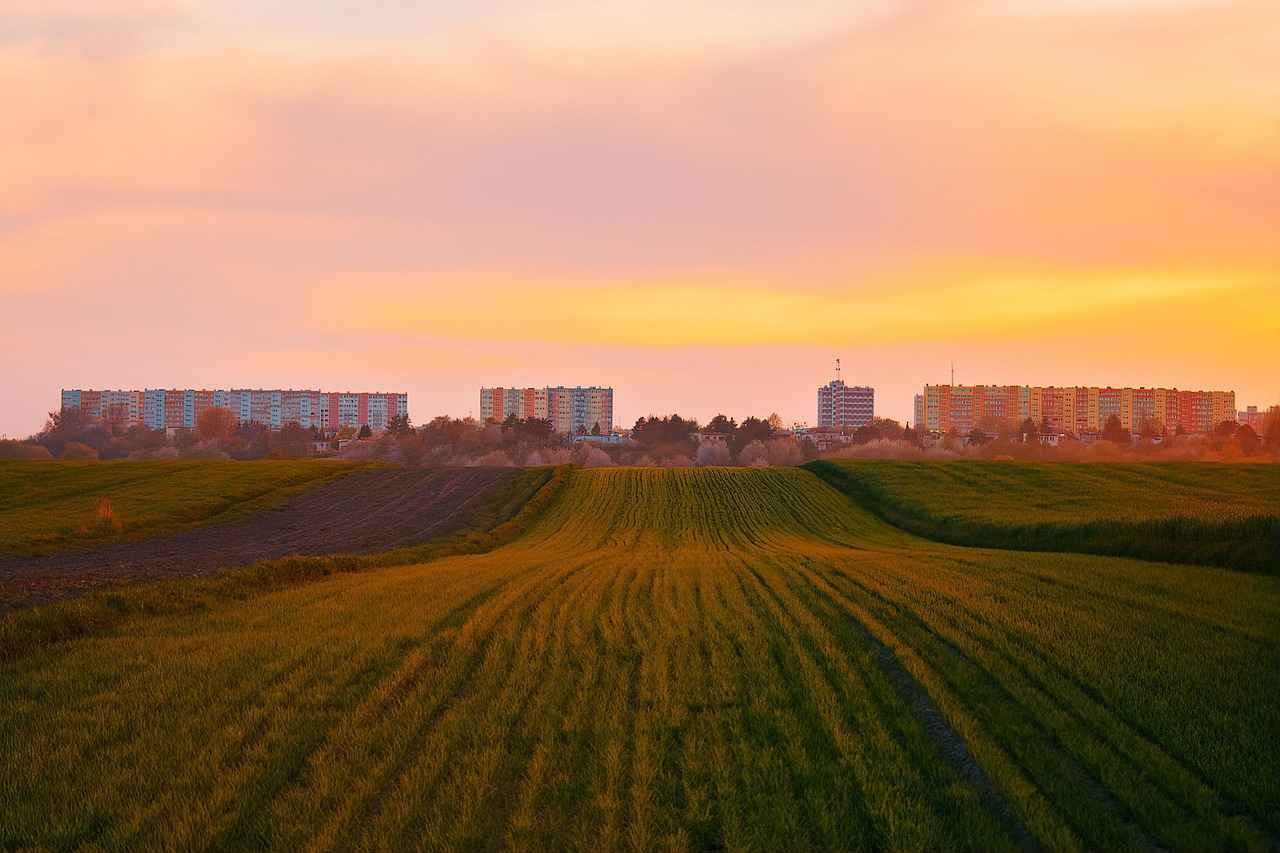
Social Welfare Programs Implemented
The Banerjee government has introduced a plethora of social welfare initiatives aimed at transforming the landscape of West Bengal. These programs primarily focus on three critical areas: education, healthcare, and women’s empowerment. Each of these sectors plays a vital role in fostering inclusive growth and improving the quality of life for the citizens of West Bengal.
- Education Initiatives:
The government has prioritized educational reforms to enhance access to quality education for all. Key initiatives include:
- Scholarship Programs: Financial assistance for underprivileged students to pursue higher education.
- Infrastructure Development: Upgrading school facilities and ensuring adequate resources for effective learning.
- Digital Learning: Implementation of e-learning platforms to make education more accessible, especially in remote areas.
- Healthcare Improvements:
Healthcare accessibility has seen significant enhancements under Banerjee’s leadership. Major health initiatives include:
- Health Schemes: Introduction of comprehensive health insurance for economically weaker sections.
- Community Health Centers: Establishment of more health facilities in rural areas to cater to the medical needs of the population.
- Awareness Campaigns: Programs aimed at educating the public on health issues, hygiene, and preventive measures.
- Women’s Empowerment:
The Banerjee government has made strides in promoting women’s rights and empowerment through various initiatives:
- Self-Help Groups: Support for women to form self-help groups that promote entrepreneurship and financial independence.
- Skill Development Programs: Training initiatives aimed at enhancing women’s skills in various trades.
- Legal Support: Providing legal assistance to women facing domestic violence and discrimination.
These initiatives reflect the Banerjee government’s commitment to fostering a more equitable society. By focusing on education, healthcare, and women’s empowerment, the government aims to create a robust framework for sustainable development in West Bengal.
Education Initiatives
The educational landscape in West Bengal has undergone significant transformation under the leadership of Mamata Banerjee. This section delves into the various educational reforms aimed at enhancing access to quality education, with a focus on scholarship programs and infrastructure development in schools.
One of the primary objectives of the Banerjee administration has been to bridge the educational gap for underprivileged students. To achieve this, the government has introduced several scholarship programs targeting economically disadvantaged families. These initiatives not only provide financial assistance but also encourage students to pursue higher education, thereby fostering a culture of learning and ambition.
| Scholarship Program | Eligibility Criteria | Benefits |
|---|---|---|
| West Bengal Merit-cum-Means Scholarship | Students from low-income families | Financial aid for tuition and educational materials |
| Post-Matric Scholarship | SC/ST/OBC students | Support for higher education costs |
| Chief Minister’s Relief Fund | Students affected by natural disasters | Emergency financial support |
In addition to scholarships, the government has prioritized infrastructure development in schools. This includes the construction of new classrooms, libraries, and laboratories to create a conducive learning environment. The emphasis on modern facilities aims to enhance the overall educational experience, making it more engaging for students.
Furthermore, the government has implemented training programs for teachers, ensuring they are equipped with the necessary skills to deliver quality education. This focus on professional development is crucial for maintaining high educational standards across the state.
In conclusion, the educational initiatives spearheaded by Mamata Banerjee’s government reflect a commitment to improving access to quality education in West Bengal. Through scholarship programs and infrastructure enhancements, the administration strives to empower the next generation, ensuring that every child has the opportunity to succeed.
Healthcare Improvements
The healthcare landscape in West Bengal has significantly transformed under the leadership of Mamata Banerjee. Her administration has introduced a series of policies aimed at expanding access to medical services, particularly for the underprivileged sections of society. These initiatives not only address immediate healthcare needs but also aim to establish a sustainable framework for long-term health improvements.
- Universal Health Coverage: One of the flagship initiatives is the Kanyashree Prakalpa, which provides financial assistance to families for the healthcare of young girls. This program has successfully reduced dropout rates and improved health outcomes.
- Health Schemes for the Underprivileged: The introduction of schemes like Swasti Sathi has been pivotal. This program offers health insurance coverage to millions, ensuring that even the poorest families can access necessary medical treatments without financial burden.
- Infrastructure Development: Significant investments have been made in healthcare infrastructure, including the establishment of new hospitals and clinics in rural areas. This has drastically reduced the distance to healthcare facilities for many residents.
- Telemedicine Initiatives: With the rise of digital technology, the government has launched telemedicine services, allowing patients to consult doctors remotely. This service is particularly beneficial for those in remote areas who may not have easy access to healthcare.
Moreover, the focus on preventive healthcare through awareness campaigns and vaccination drives has further strengthened the health system. The government has collaborated with various NGOs and international organizations to enhance healthcare delivery and ensure that essential services reach the most vulnerable populations.
In conclusion, the healthcare policies enacted by Mamata Banerjee have not only expanded access to medical services but have also laid the groundwork for a healthier future for West Bengal. The ongoing commitment to improving healthcare infrastructure and services reflects a strong dedication to the well-being of all citizens, particularly those in need.

Challenges Faced by Mamata Banerjee’s Government
During her tenure as the Chief Minister of West Bengal, Mamata Banerjee encountered a myriad of challenges that tested her leadership and policy initiatives. These challenges were not only political but also economic and social, influencing the overall effectiveness of her governance.
- Political Opposition: Banerjee faced significant resistance from rival political parties, particularly the Bharatiya Janata Party (BJP) and the Communist Party of India (Marxist). This opposition often manifested in protests and public demonstrations, challenging her authority and hindering the implementation of her policies.
- Economic Challenges: The state grappled with economic issues such as high unemployment rates and sluggish industrial growth. Despite her efforts to stimulate the economy through various initiatives, the global economic downturn and local market fluctuations posed substantial obstacles.
- Public Criticism: Certain policies, particularly those related to land acquisition for industrial projects, drew widespread criticism. Many citizens expressed concerns over displacement and inadequate compensation, leading to protests and a decline in public support.
- Administrative Hurdles: The bureaucratic structure in West Bengal often slowed down the execution of policies. Delays in project approvals and implementation were common, which frustrated both investors and the populace.
- Social Issues: Banerjee’s government also faced challenges in addressing social disparities, particularly in rural areas. Issues such as poverty, lack of access to quality education, and healthcare remained persistent problems that her administration struggled to resolve effectively.
Despite these challenges, Mamata Banerjee’s tenure was marked by resilience and a commitment to her vision for West Bengal. Understanding these obstacles is crucial for evaluating her impact on the state’s growth and development.
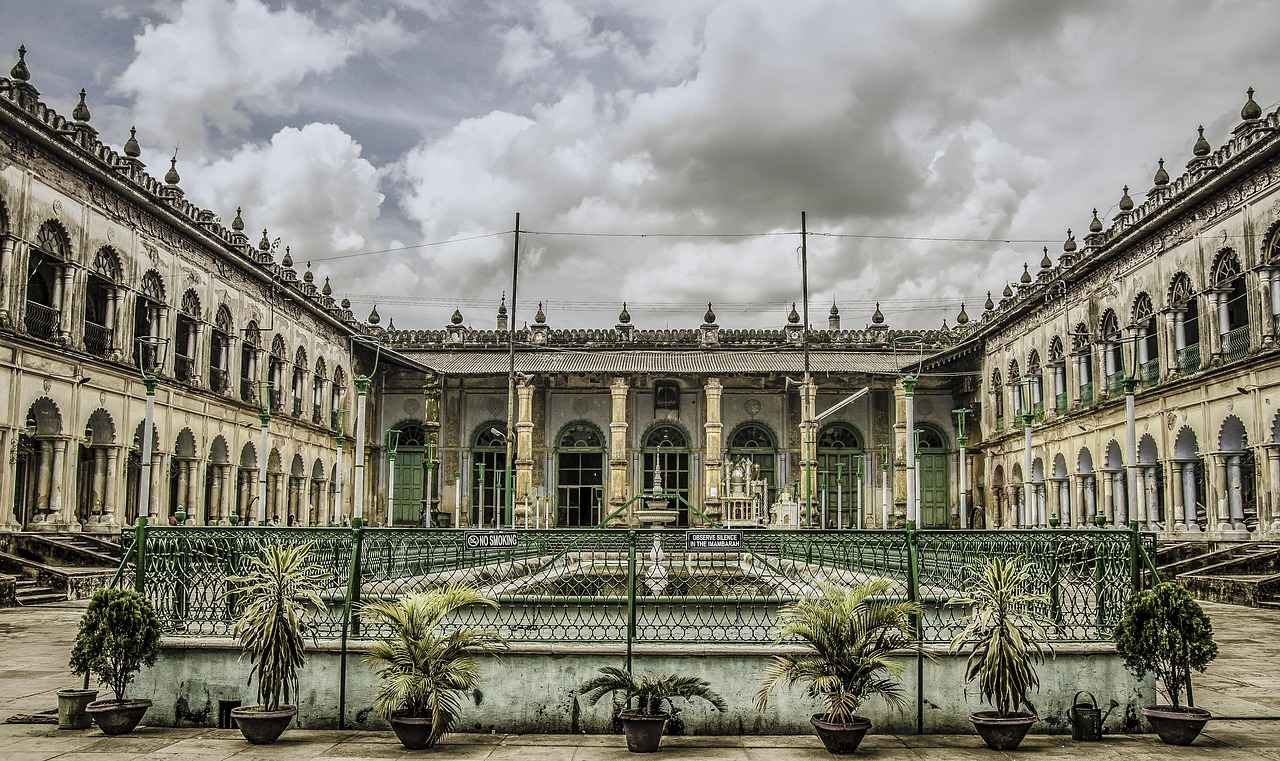
Public Response to Policies
The public reaction to Mamata Banerjee’s policies has been a complex tapestry of support, criticism, and evolving sentiments. Her governance style and policy initiatives have elicited varied responses from different demographics across West Bengal. This section delves into the multifaceted public reactions, highlighting both the backing from certain groups and the dissent from opposition parties.
Initially, Banerjee’s policies garnered significant support from rural communities, particularly due to her focus on agricultural reforms and welfare schemes aimed at enhancing farmer livelihoods. Programs such as the Kanyashree Prakalpa, which promotes education and empowerment for young girls, have resonated deeply within these communities, fostering a sense of hope and progress.
Moreover, urban voters have shown a mixed response. While many appreciate the infrastructural developments and initiatives aimed at boosting small and medium enterprises, there are concerns regarding the pace of industrialization and its impact on local jobs. The establishment of industrial parks has attracted investment, but the perceived neglect of traditional industries has led to some discontent among local workers.
On the other hand, opposition parties have been vocal in their criticism, often questioning the effectiveness of Banerjee’s policies. They argue that while some initiatives appear beneficial, the implementation has been marred by inefficiencies and corruption. This criticism has been particularly strong among the middle class, who feel that their concerns regarding rising costs and public service quality have been overlooked.
In summary, the public response to Banerjee’s policies is characterized by a blend of support and criticism, shaped by individual experiences and expectations. As West Bengal continues to evolve under her leadership, understanding these diverse perspectives will be crucial for future policy formulation and governance.
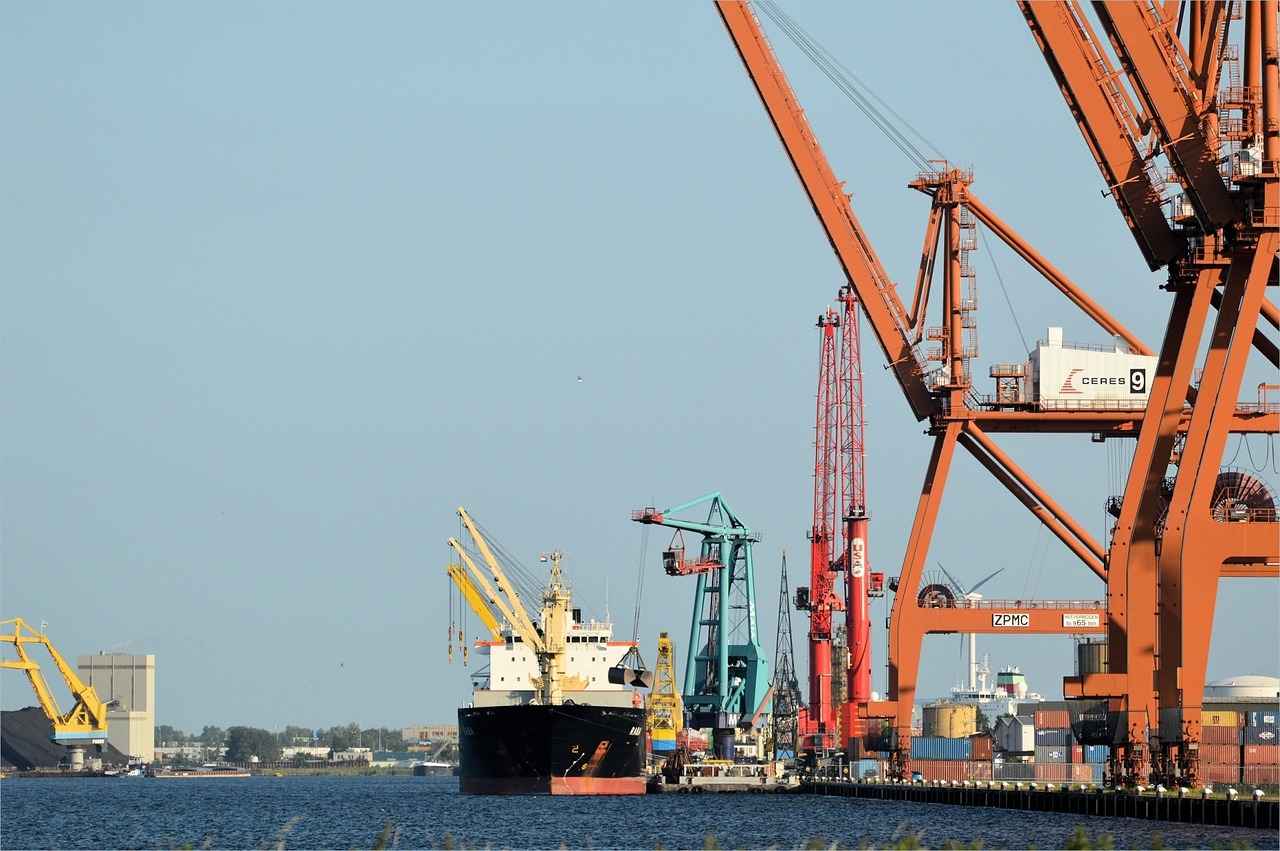
Long-term Effects on West Bengal’s Growth
The policies implemented by Mamata Banerjee have ushered in a new era for West Bengal, with significant implications for both its economic and social landscape. This section delves into the potential long-term effects of these policies, assessing their positive outcomes while also identifying areas that require further improvement.
- Economic Growth and Industrialization: Banerjee’s focus on attracting investments through various industrial initiatives has the potential to transform West Bengal into a thriving economic hub. The establishment of industrial parks and incentives for businesses could lead to increased job opportunities and a boost in GDP.
- Agricultural Reforms: The agricultural policies aimed at enhancing productivity and farmer welfare are vital for the rural economy. By addressing land rights and providing better crop insurance, the long-term sustainability of agriculture in West Bengal can be secured, ensuring food security and farmer prosperity.
- Social Welfare Initiatives: The introduction of comprehensive social welfare programs has the potential to uplift marginalized communities. Improvements in education and healthcare can lead to a more educated workforce and healthier population, contributing to overall economic development.
- Infrastructure Development: Investment in infrastructure, particularly in transportation and connectivity, can facilitate smoother movement of goods and people. This is crucial for attracting new industries and enhancing the state’s economic competitiveness.
- Challenges and Areas for Improvement: Despite these positive outcomes, challenges remain. There are concerns regarding bureaucratic inefficiencies and political opposition that may hinder the full realization of these policies. Continuous evaluation and adaptation will be necessary to address these issues.
In conclusion, while Mamata Banerjee’s policies have laid a solid foundation for West Bengal’s growth, the long-term impacts will depend on the government’s ability to navigate challenges and further enhance the state’s socio-economic framework. Continuous engagement with stakeholders and a commitment to transparency will be essential in ensuring that the benefits of these policies are realized across all segments of society.

Conclusion: The Legacy of Mamata Banerjee
As we reflect on the impact of Mamata Banerjee’s policies on West Bengal, it is evident that her leadership has left a significant mark on the state’s socio-economic landscape. From her rise to power as the first female Chief Minister of West Bengal in 2011, Banerjee has championed a range of policies aimed at revitalizing the state, which was once known for its industrial decline.
Under her administration, West Bengal has witnessed notable economic growth driven by initiatives focused on industrialization and support for small and medium enterprises. The establishment of industrial parks and the introduction of various incentives have attracted both domestic and foreign investments, fostering a more robust economic environment. Furthermore, her agricultural reforms have sought to empower farmers and enhance productivity, addressing long-standing issues within the sector.
In addition to economic policies, Banerjee’s government has prioritized social welfare programs, significantly impacting education and healthcare. Initiatives aimed at improving access to education and healthcare services have contributed to the overall well-being of the populace, particularly benefiting marginalized communities.
However, her tenure has not been without challenges. Political opposition and economic hurdles have posed significant obstacles to her administration. Public response has been mixed, with some praising her initiatives while others criticize the execution and sustainability of certain policies.
Looking to the future, the legacy of Mamata Banerjee will likely be defined by the long-term effects of her policies. While her initiatives have laid a foundation for growth, the state must continue to address existing challenges to ensure a prosperous future. The direction West Bengal takes under her leadership will be crucial in determining whether her legacy will be viewed as one of transformative progress or missed opportunities.
In conclusion, Mamata Banerjee’s policies have undoubtedly shaped West Bengal’s trajectory. As the state moves forward, the sustainability of her initiatives and the ability to adapt to changing circumstances will be key to realizing her vision for a thriving West Bengal.
Frequently Asked Questions
- What are the key economic policies introduced by Mamata Banerjee?
Mamata Banerjee has implemented several key economic policies focusing on industrialization and agricultural reforms. These include incentives for businesses, the establishment of industrial parks, and initiatives aimed at increasing agricultural productivity and farmer welfare.
- How has Mamata Banerjee’s government supported small and medium enterprises?
The government has introduced financial aid programs and training initiatives designed to empower small and medium enterprises. This support is crucial for job creation and boosting the local economy.
- What social welfare programs have been launched under her leadership?
Under Mamata Banerjee’s leadership, various social welfare initiatives have been launched, focusing on education, healthcare, and women’s empowerment. These programs aim to improve access to quality education and medical services for underprivileged populations.
- What challenges has Mamata Banerjee faced during her tenure?
Her government has encountered numerous challenges, including political opposition, economic hurdles, and public criticism over certain policies. Despite these obstacles, she has remained committed to her vision for West Bengal.
- How has the public responded to Mamata Banerjee’s policies?
The public response has been mixed, with some demographics showing strong support for her initiatives, while opposition parties have raised criticisms. This dynamic reflects the diverse opinions within the state’s population.
- What are the long-term effects of her policies on West Bengal’s growth?
The long-term impacts of Mamata Banerjee’s policies are still unfolding, but they hold potential for significant changes in the state’s economic and social landscape, highlighting both positive outcomes and areas needing further improvement.
